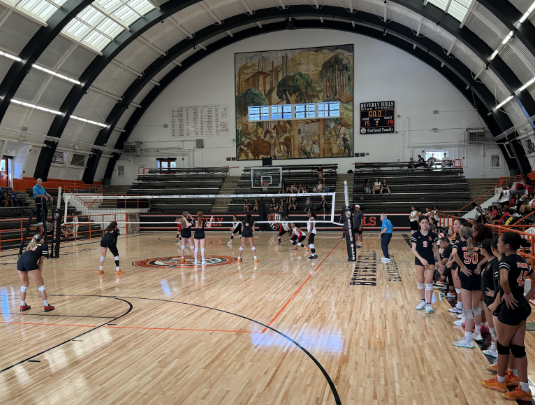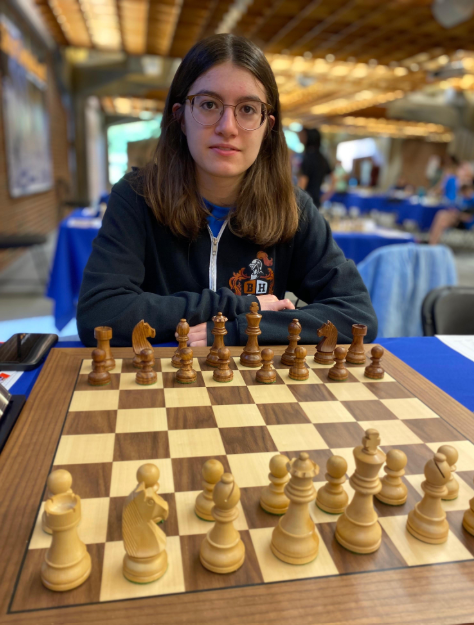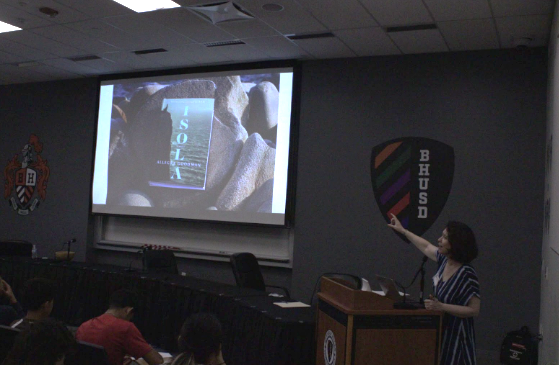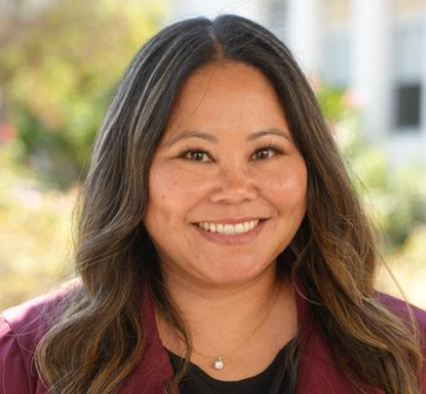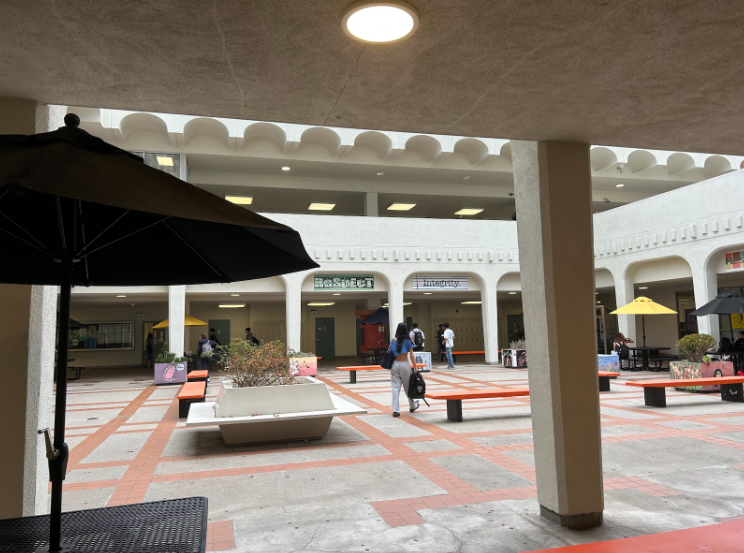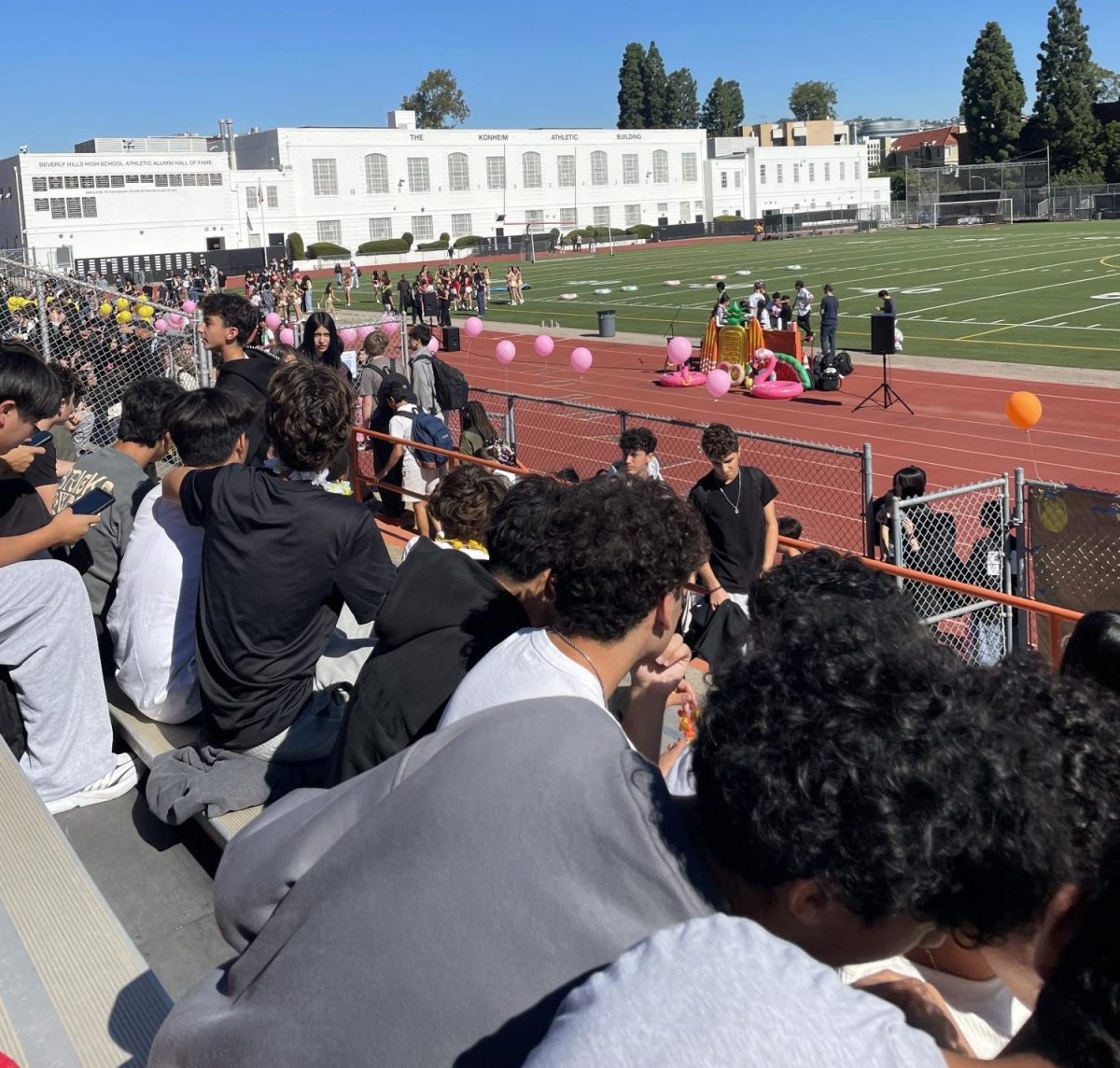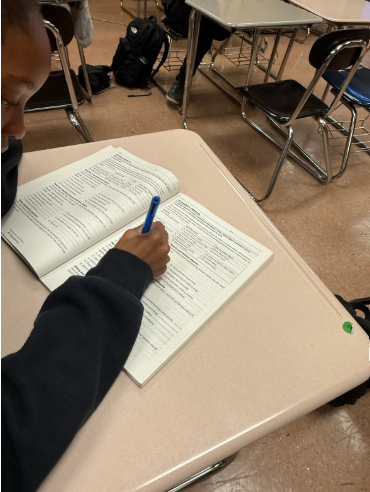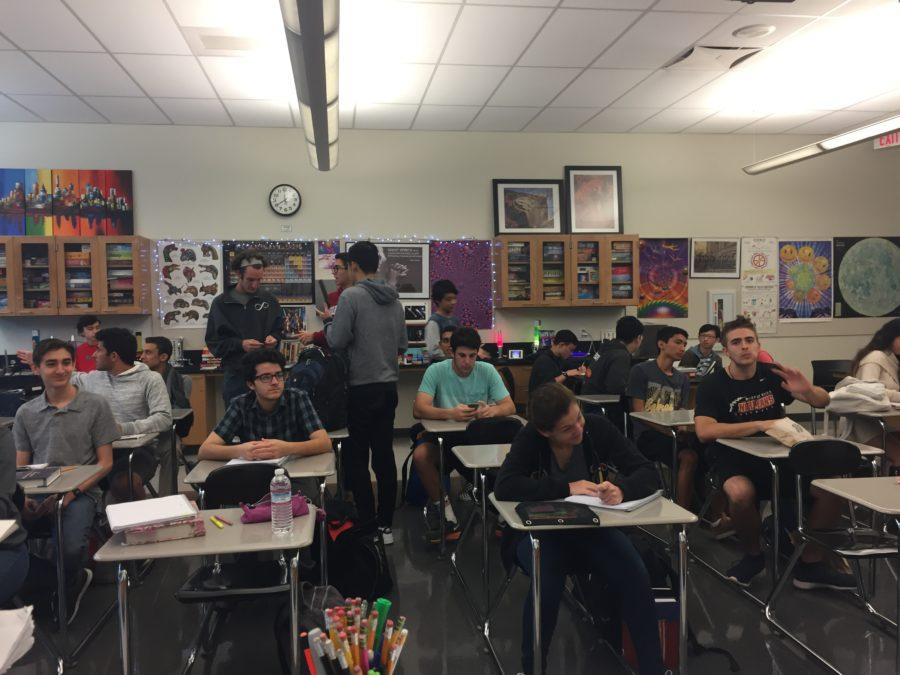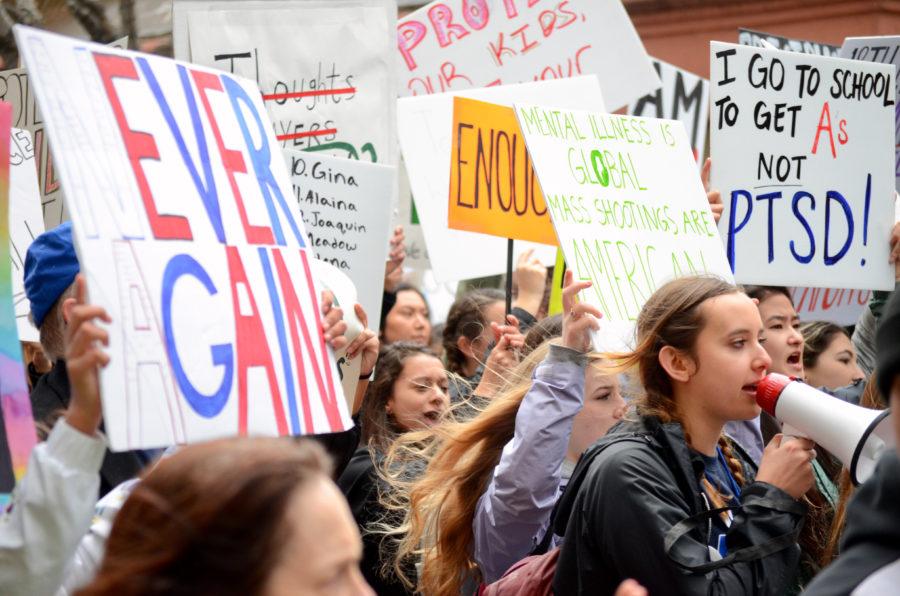Sophia Goldberg, Business Manager
Benjamin Shofet, Co-Editor-in-Chief
With enrollment steadily dropping in each of the five BHUSD schools over the past six years, the district can now allocate a larger amount of money to spend per student.
The district receives its funding through property taxes, and the budget is independent of how many students are enrolled in the five schools, Horace Mann, Beverly Vista, Hawthorne, El Rodeo and Beverly. Last year, according to the 2015-2016 Adopted Budget Narrative, the district received $40,430,747 from property taxes and an additional $1,338,733 from State Aid, as well as $804,400 from the Education Protection Account.
“We’re what you call a Basic Aid District now, which means the only kids that can come to Beverly are those that live in Beverly Hills, or those whose parent lives in the school district the whole time or whose parent works for the city full time,” Principal Dave Jackson said.
Since the district receives money based solely on property taxes, lower enrollment numbers can lead to more programs and opportunities for students at the individual school sites. The Board has added additional support and interventional programs for children in need of those additional support classes.
“This year, the Board funded additional support classes and intervention for kids that need extra help. There are additional classes in English, math, and also additional funds for tutoring,” Chief Academic Officer Jennifer Tedford said. “Your administration is working on additional tutoring services, so teachers will be able to do before and after school tutoring to help kids.”
Tedford acknowledges that the lower enrollment causes problems when scheduling singleton classes, classes that only have one section while trying to apply the 145 student maximum outlined in the teacher contracts.
“Although we have a good budget for kids, the Board still wants to follow the teacher’s contract. The teacher contract is 29 students to a class. They looked at enrollment at the high school last year, and they gave direction to make sure that classes are at 29,” Tedford said. “Because we’re getting smaller, there are fewer classes for fewer kids. We’re still offering the same programs, but when there are fewer numbers in those classes it becomes harder to schedule.”
However, the teacher contracts state that a teacher can have no more than 145 students in a day, averaging to 29 students over five classes. For example, if a teacher has one class of 20 students, one of their other classes can have an additional nine students in another class.
Jackson believes that there are no major issues he had to deal with while scheduling the class schedules for this year.
“We build the schedule on what kids tell us they want to take. We can never predict what kids are going to come in and need to take, so that’s how they get big. Every kid has five or six classes, and when you build the master schedule, you have 8,018 puzzle pieces to put together. So I think we are in pretty good shape if we have one class that’s over by one [student], and one class over by two [students],” Jackson said.
Despite Tedford’s explanation of how the extra resources are being put to use, there are mixed feelings from the student population pertaining to how much the district is giving them.
Senior Joshua Fouladian has noticed changes in the academics and athletic programs, although those changes may not have been funded by the increased amount of money per student.
“[Principal] Jackson got us 400 computers last year to practice for the CAASPP, which I heard we did really well on. I think there has been increased spending on athletics like water polo got new balls and a cage to put them in. Then, there’s the Swim Gym reconstruction that’s probably also very expensive,” Fouladian said.
However, junior Sophia Lynn Martin is rather hesitant to admit that she has received more from the district.
“I’d be interested in hearing what they are specifically spending their money on, but I have personally not felt the repercussions of the increase in dollar per student spent. I’m personally involved with arts and athletics and have seen a significant sequester within these programs, so I would like for the school to put more money into them,” Martin said.
Art teacher Melony Bronder has added classes and students to her schedule from last year. She believes this increase in class size and number has caused her to spend extra time preparing for the classes instead of focusing on helping her students.
“Yes, [my workload] has for sure [increased]. It’s been hard. It’s always hard losing people, especially ones you like, and it’s hard because everyone is doing new stuff and more stuff. I have seven preps for instance, so that means I’m planning an Art Foundations class and a Drawing and Painting class in addition to the other ones I’m planning, Bronder said. “It’s fine, it’s just a lot of outside preparation, and I know that the rest of my department has a lot more outside preparation too. There are more kids in our classes because there are less teachers to spread them out over.”
Bronder is not alone as many other teachers across various departments have faced similar challenges in the first months of the 2016-2017 school year.
Despite the complaints from the student body, Jackson along with the rest of the administration is continuing to work to solve the problems of the community.
“I think we offer great programs in this district. We can always get better, but I think our students have great opportunities in our school,” Tedford said.
Lower enrollment leads to more opportunities for students
September 13, 2016
0
Tags:
Donate to Highlights
$125
$1000
Contributed
Our Goal
Your donation will support the student journalists of Beverly Hills High School. Your contribution will allow us to purchase equipment and cover our annual website hosting costs.
More to Discover








